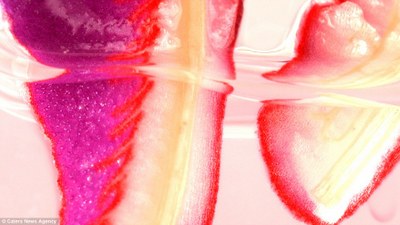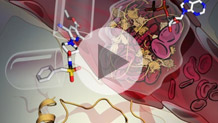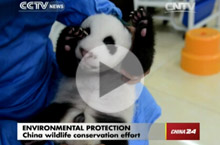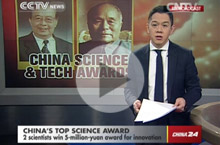

A naturally occurring element found in soil and water, arsenic has also been used as a pesticide, and is taken up by plants and can then enter the food chain. The issue has led to scientific work to investigate how plants deal with arsenic and research has identified that some plants are able to pump out the poison, but not how they do this.

These colourful photographs may look like works of modern art, but they are really actually close-ups of chemical reactions. They show reactions taking place after acid is dripped onto a flower, or when a copper sulphate solution was mixed with sodium hydroxide, to create copper sulphate precipitate, which looks like a brilliantly blue swimming pool. The images showcase the dazzling array of colours and textures created when chemicals clash.

Several Shanghai scientists say they've identified a type of stem cell in the mammary glands of mice for the first time. Experts say that's significant because it could lead to more effective treatment of human breast cancer.

Several Shanghai scientists announced today that an international team they led has discovered a molucular structure that relates to blood clotting in humans and could lead to new treatments for cardiovascular diseases. Their findings were published today in the scientific journal Nature.

The rampant trade of ivory in Asia is driving African elephants towards extinction. With the largest population in the world, China is also known to be the biggest market for ivory trade. For more insights on this topic we are joined by Ms. Xie Yan, Founder of Protected Area Friendly System, from Institute of Zoology of Chinese Academy of Sciences.

China is honoring its scientists for outstanding achievements in 2013. More than 313 scientists have been awarded for their contributions to the country's scientific research and development.

86-10-68597521 (day)
86-10-68597289 (night)

52 Sanlihe Rd., Xicheng District,
Beijing, China (100864)

